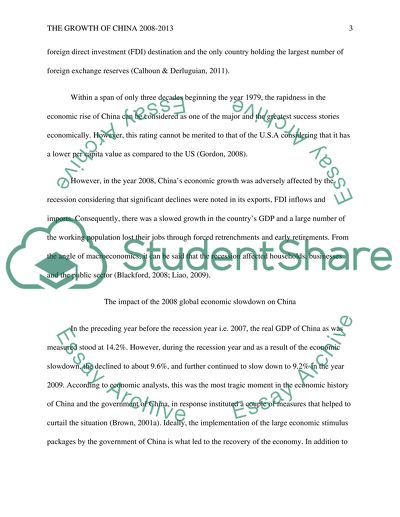Cite this document
(“The growth of China 2008 to 2013 impact on the U.S. economy Research Paper”, n.d.)
Retrieved from https://studentshare.org/macro-microeconomics/1630440-the-growth-of-china-2008-to-2013-impact-on-the-us-economy
Retrieved from https://studentshare.org/macro-microeconomics/1630440-the-growth-of-china-2008-to-2013-impact-on-the-us-economy
(The Growth of China 2008 to 2013 Impact on the U.S. Economy Research Paper)
https://studentshare.org/macro-microeconomics/1630440-the-growth-of-china-2008-to-2013-impact-on-the-us-economy.
https://studentshare.org/macro-microeconomics/1630440-the-growth-of-china-2008-to-2013-impact-on-the-us-economy.
“The Growth of China 2008 to 2013 Impact on the U.S. Economy Research Paper”, n.d. https://studentshare.org/macro-microeconomics/1630440-the-growth-of-china-2008-to-2013-impact-on-the-us-economy.


